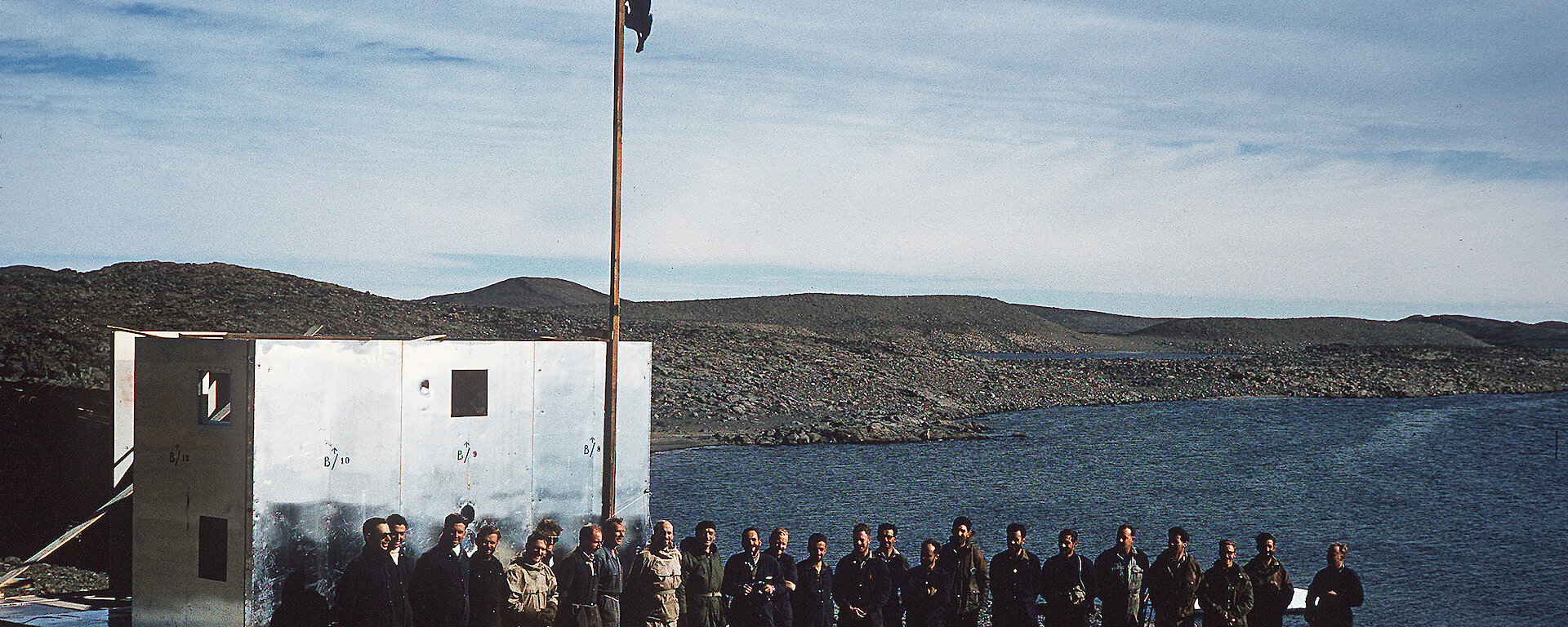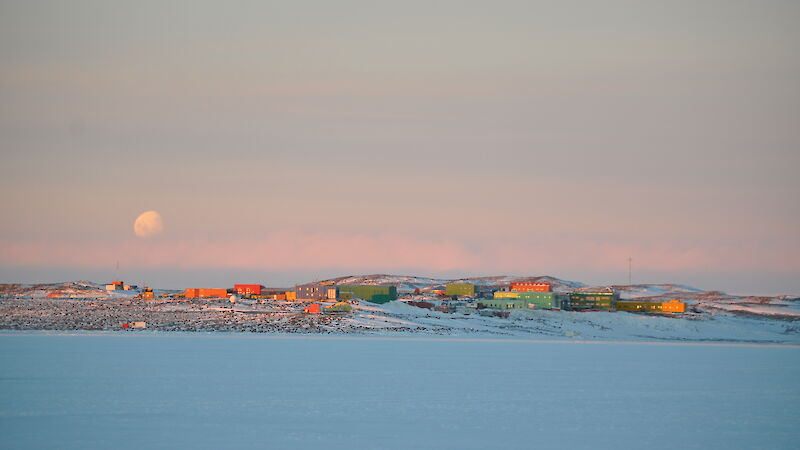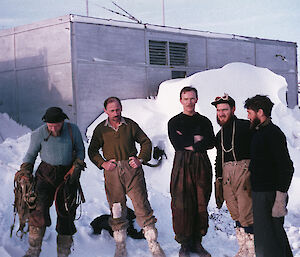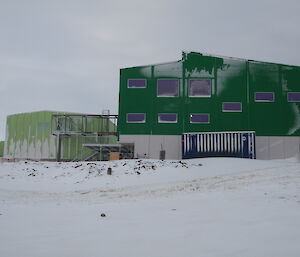It is uncertain who first sighted the coastline at the Amery Ice Shelf where Davis station is located. Mawson conducted aerial reconnaissance in this region during the BANZARE expedition in January 1931. Around the same time, ships from the Norwegian whaling company owned by the shipping magnate Lars Christensen were active in the area.
Norwegian links
The Norwegian whalers named many place names around Davis, including the Vestfold and Larsemann Hills and Prydz Bay. The Ingrid Christensen Coast was named after the shipowner’s wife.
Norwegian captain, Klarius Mikkelsen, landed the ship Thorshavn in a small bay in the northern part of the coast in February 1935. The region reminded him of the Norwegian province of Vestfold, so he named it the ‘Vestfold Hills’.
Mikkelsen’s wife, Caroline, was the first woman to land on the Antarctic continent. In her honour, Mikkelsens Cairn on Tryne Island is now listed as a heritage site under the Antarctic Treaty.
BANZARE claim
American explorer, Lincoln Ellsworth, visited the region in his ship Wyatt Earp, in January 1939. The Wyatt Earp became the first ANARE ship to enter Antarctic seas 9 years later.
Accompanying Ellsworth was an Australian, Hubert Wilkins. Over several days Wilkins flew the Aeronca seaplane to a number of sites including Svenner Islands, Rauer Group, and Vestfold Hills. Motivated to reinforce Douglas Mawson’s BANZARE claim in this territory, Wilkins left a proclamation and an Australian flag at various sites.
On 11 January 1939, Wilkins visited a site in the northern Vestfold Hills. He wrapped his handwritten proclamation in a copy of Walkabout magazine, and protected it with two enamel coffee jugs placed end-to-end to form a cylinder. This site was named ‘Walkabout Rocks’.
Establishing Davis station
Phillip Law was the first director of the Australian Antarctic Division. He used Wilkins’ information to work out a location for a new Australian Antarctic station. In early 1954, Law visited on the way from the recently established Mawson station. After a few years of planning, in January 1957 Law led a voyage to establish Davis station.
After 2 days on the Kista Dan searching for a good anchorage and fresh water sources, Law decided to locate the station on a small rocky plateau above a black sandy beach.
On 13 January, a small ceremony was held to officially open the new station. It was named after Antarctic legend, John King Davis, captain of the ships Aurora (1911–14) and Discovery (1929–31) — used by Douglas Mawson on his expeditions.
After the ceremony, unloading continued and the Kista Dan sailed on 20 January. Later in the season, the ship made a return visit to Davis to drop off sledge dogs.
Expeditioners spent the first 2 years learning about the Vestfold Hills and developing essential station services. The first party to winter in the Vestfold Hills was not completely isolated. Auster aircraft flew between Mawson and Davis several times to exchange personnel and supplies.
In January 1965, Davis was temporarily closed to concentrate resources on building Casey station. Davis was reopened on 19 February 1969, and has operated continuously since.






